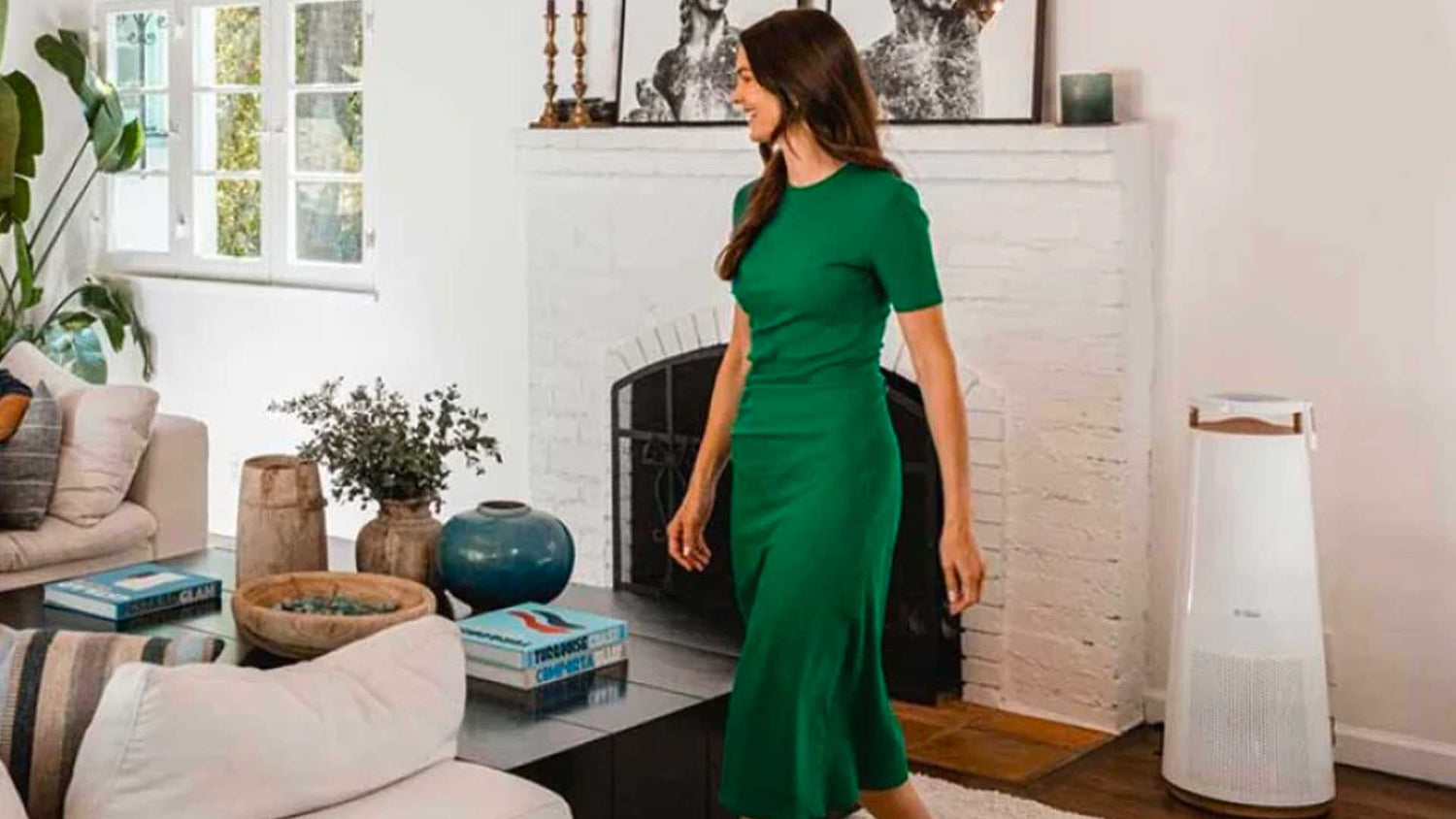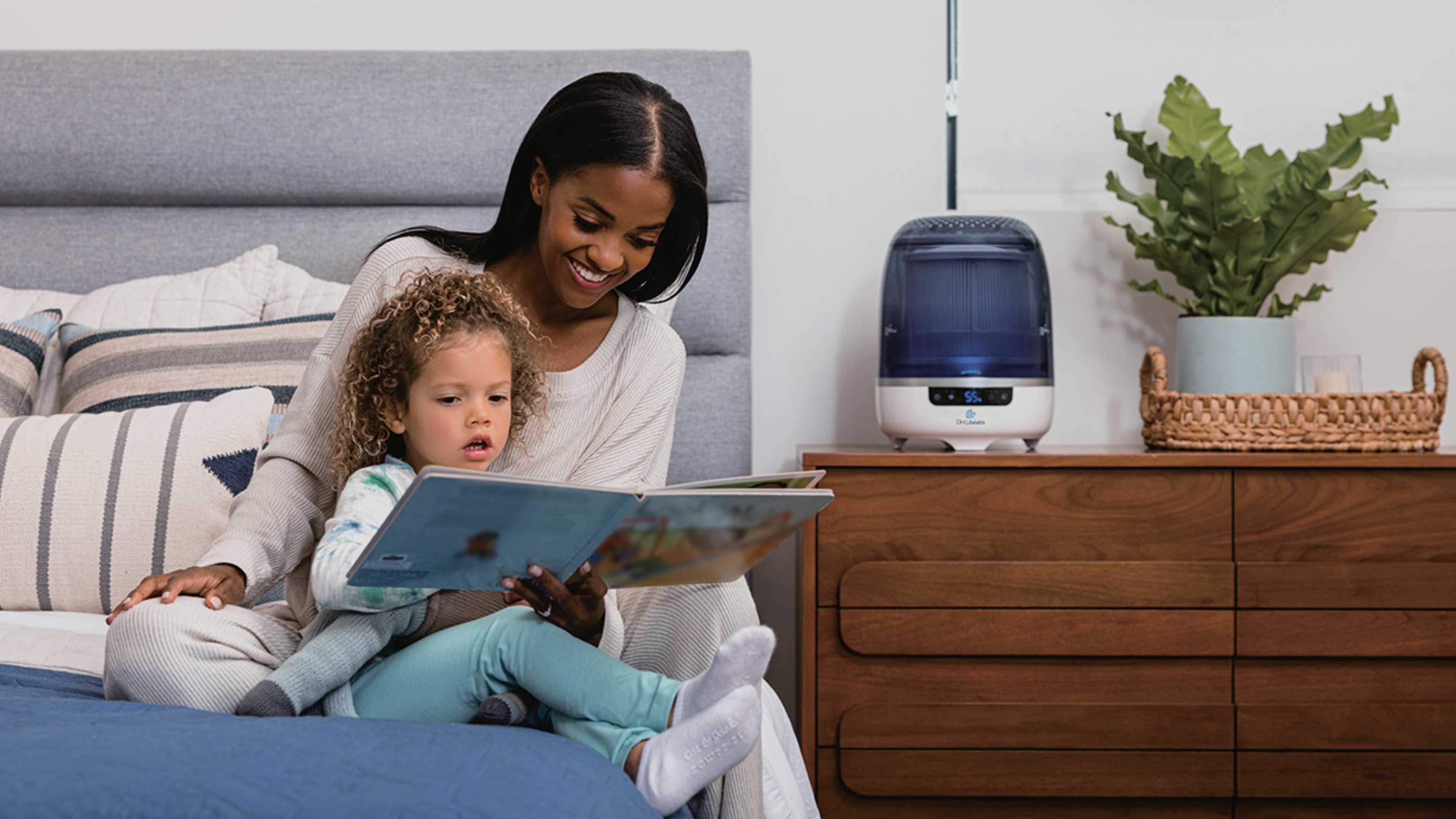You're not alone in suffering through extra sneezing or coughing fits lately—truth be told, our air quality has seen better days. But don't worry, all you oxygen intakers out there. With the right mix of science, technology, and a touch of nature, a solution to healthier air in your space is possible. It’s one that, most crucially, can transform you into not merely a spectator, but proactively take charge of your better breathing future.
The Not-So-Invisible Clean Air Crisis
Recent years have seen a significant uptick in wildfires worldwide. In 2022, the wildfire season in the United States was reported as one of the most extreme on record, while places like Australia and Brazil also faced devastating and prolonged blazes. The ensuing smoke contributed massively to air pollution, causing a spike in harmful airborne particulate matter that has had far reaching and ruinous effects.

Reports from the World Air Quality Index show that many urban areas across the globe are struggling to maintain 'good' air quality levels, per AQI standards. Cities in countries like India, China, and even parts of the U.S., are often engulfed in harmful smog, posing significant health hazards for their inhabitants.
Air pollution linked to variety of health issues, including respiratory and cardiovascular problems.
The health impacts of this worsening air quality are already evidenced and apparent. According to a study by the Lancet Commission on Pollution and Health, air pollution contributes to approximately 6.5 million premature deaths globally each year. A growing body of research also links long-term exposure to air pollution with heightened risk of severe allergies, hay fever, and asthma attacks. These, at their most extreme levels, can have dangerous and serious health repercussions to sufferers as well.
The Rising Inefficacy of HEPA Filters
In an attempt to combat this issue, many of us have up until now relied on High Efficiency Particulate Air (HEPA) filters. While effective at trapping small particles and allergens, HEPA filters are recently - and noticeably - falling short when addressing the scale and complexity of today's air pollution. They struggle to neutralize gaseous pollutants, chemicals, and microbes, leaving a gap in our air purification efforts. In short, the ways in which our air is tainted and contaminated today is more intricate, and old solutions alone just aren’t enough.
A Breath of Fresh Air: A New Hope
This is where it gets exciting, like when your favorite movie releases an amazing new sequel! Enter the next age of air purification with the folks at DH Lifelabs. These wizards are blending science, technology, and a dash of nature to make our air cleaner and safer to breathe in ways we never thought possible. Using electrolysis, their Aaira technology creates a potent disinfectant called Hypochlorous Acid (HOCl), which our bodies naturally produce to fight off infection, to sanitize the air. How cool is that?? But they didn't stop there. Their Sciaire purifiers employ ionization thus creating plasma, neutralizing harmful gasses and odors that otherwise evade and slip through the grasps of HEPA filters. Think of it as having a mini lightning storm in your purifier that attaches to harmful particles, proactively bringing them to where HEPA can do its thing. A partnership with one goal in mind: cleaner air for you!
Charting the Path Forward
As we navigate this air quality maze filled with new and more complex pollutants, remember, we're not just bystanders in the fight. Sure, the situation might seem daunting, but companies like DH Lifelabs are showing us that with a combination of science, nature, and advanced technology, we can tackle this issue head-on.
While we might not have control over the global air quality, we do have a say in the air we breathe indoors. By taking charge of our indoor air quality, we can help minimize the impact of outdoor air pollution, making our homes sanctuaries where we can truly breathe easy. If that’s not a cause for celebration, we don’t know what is.



